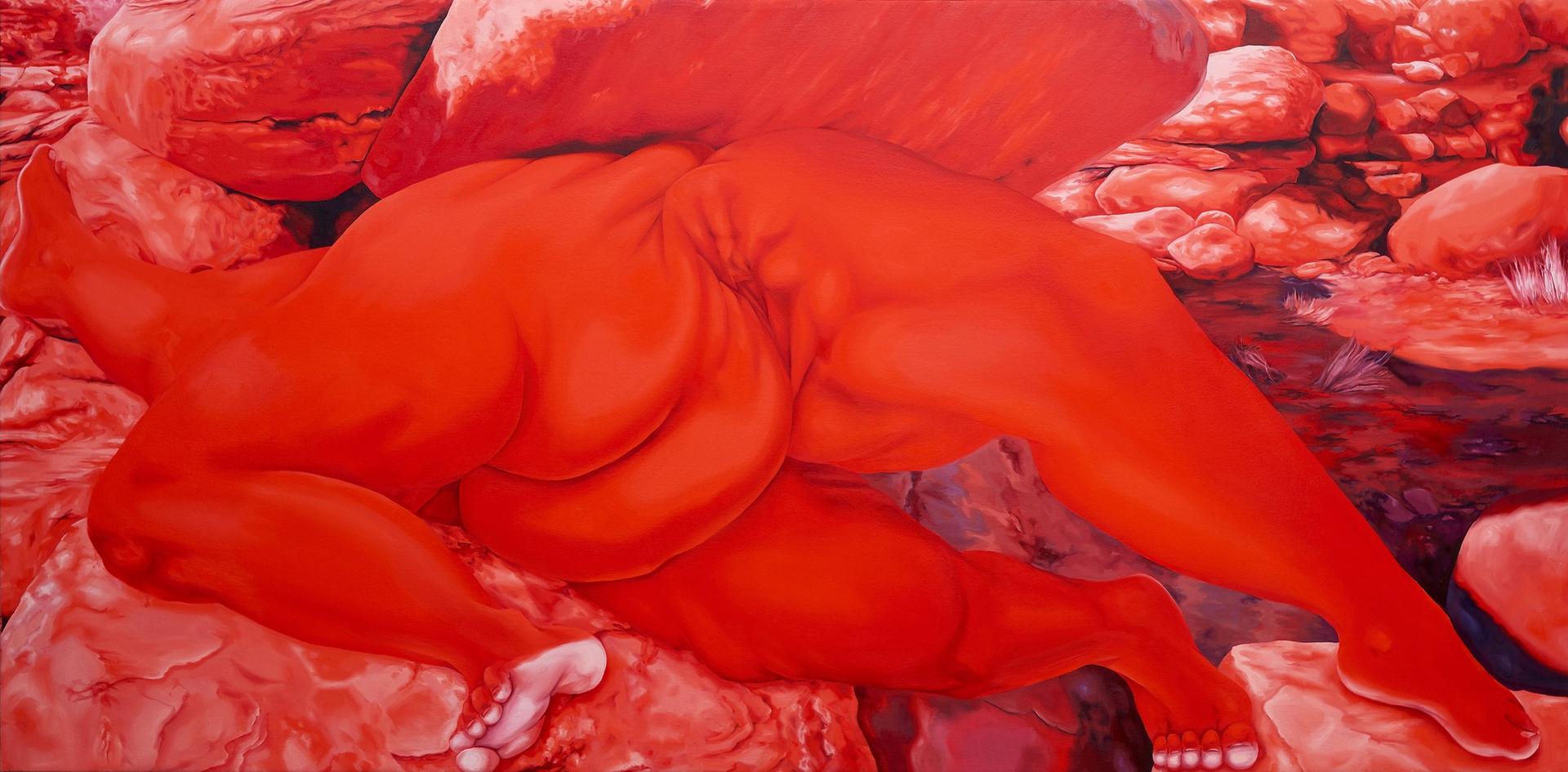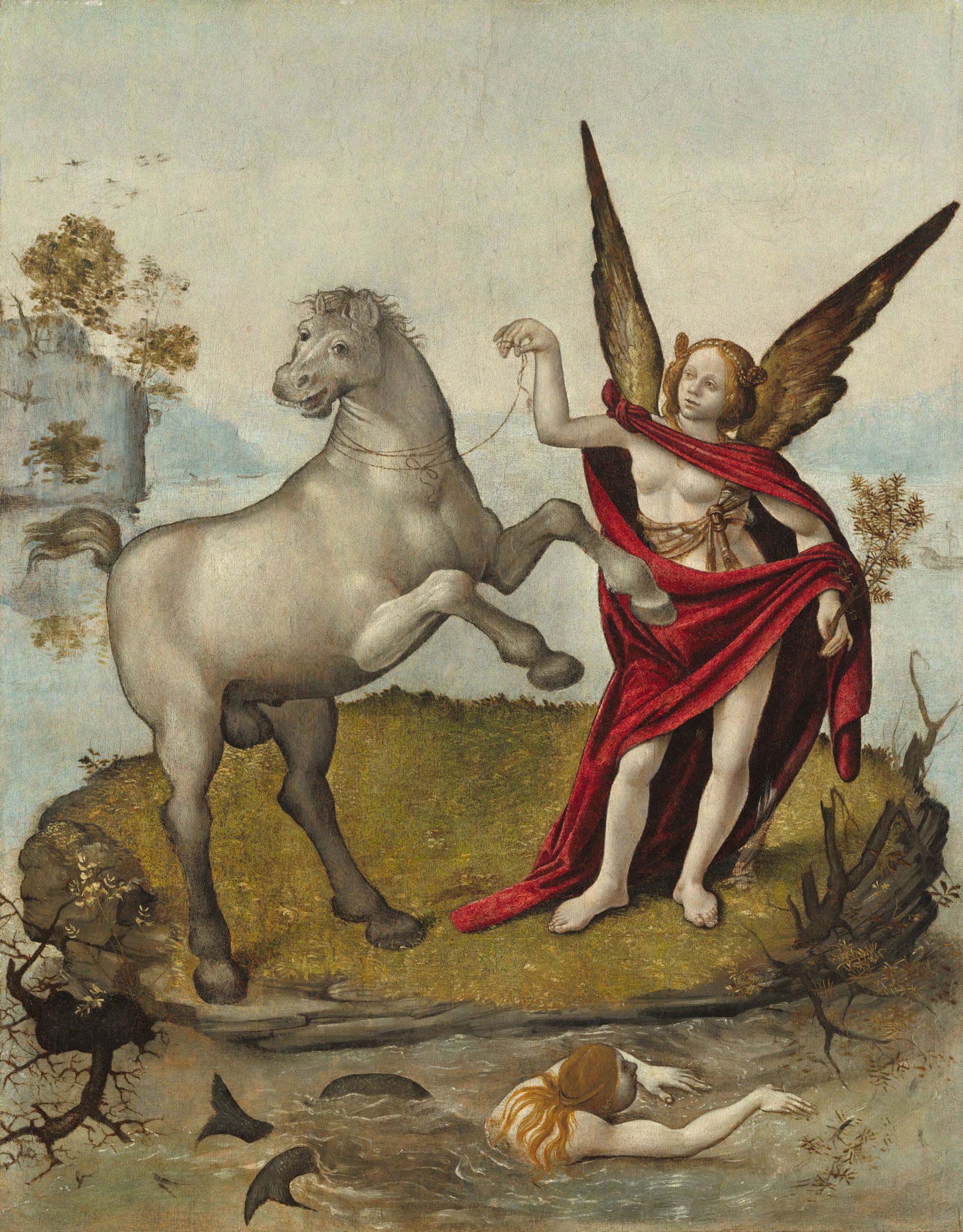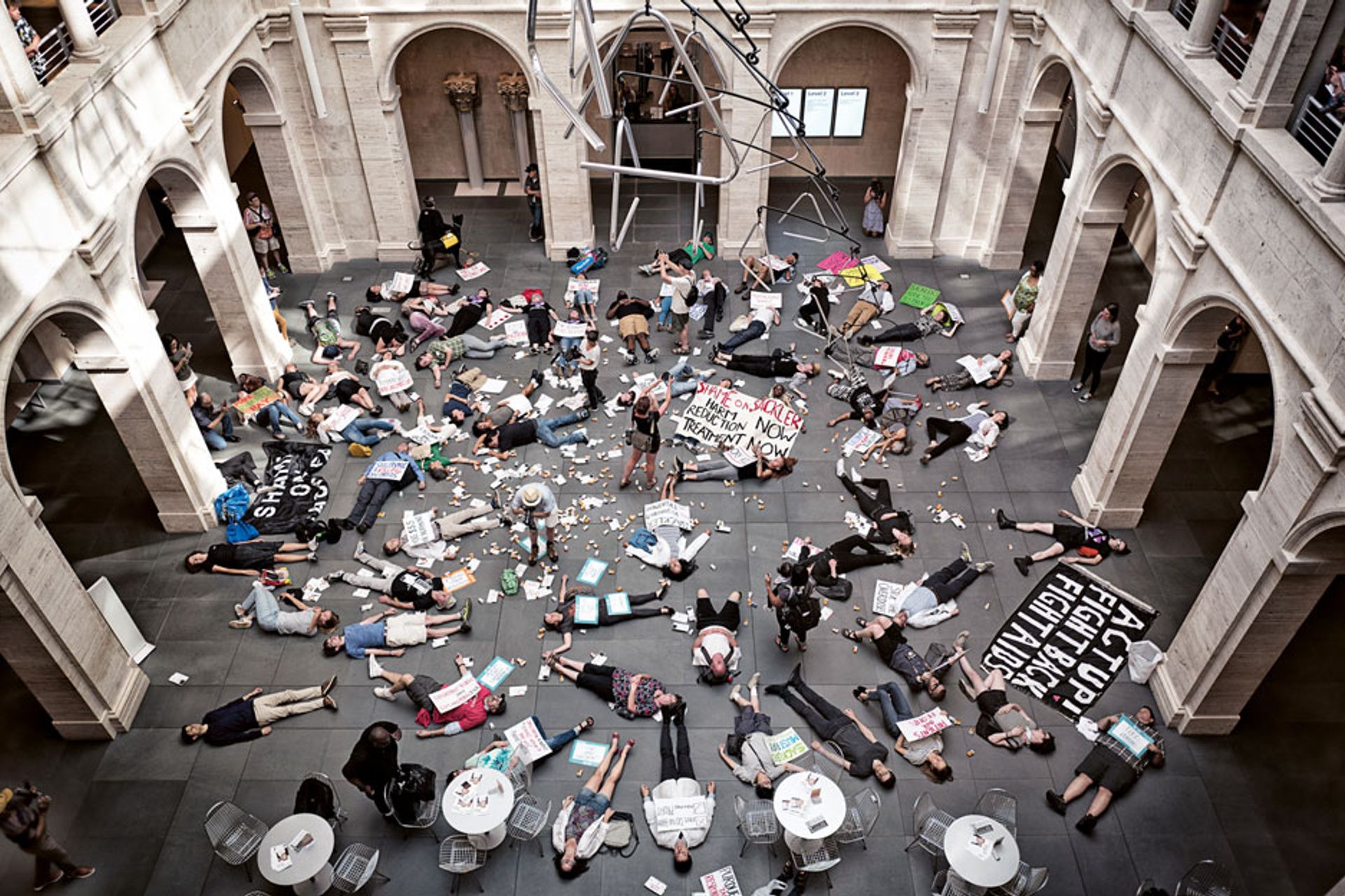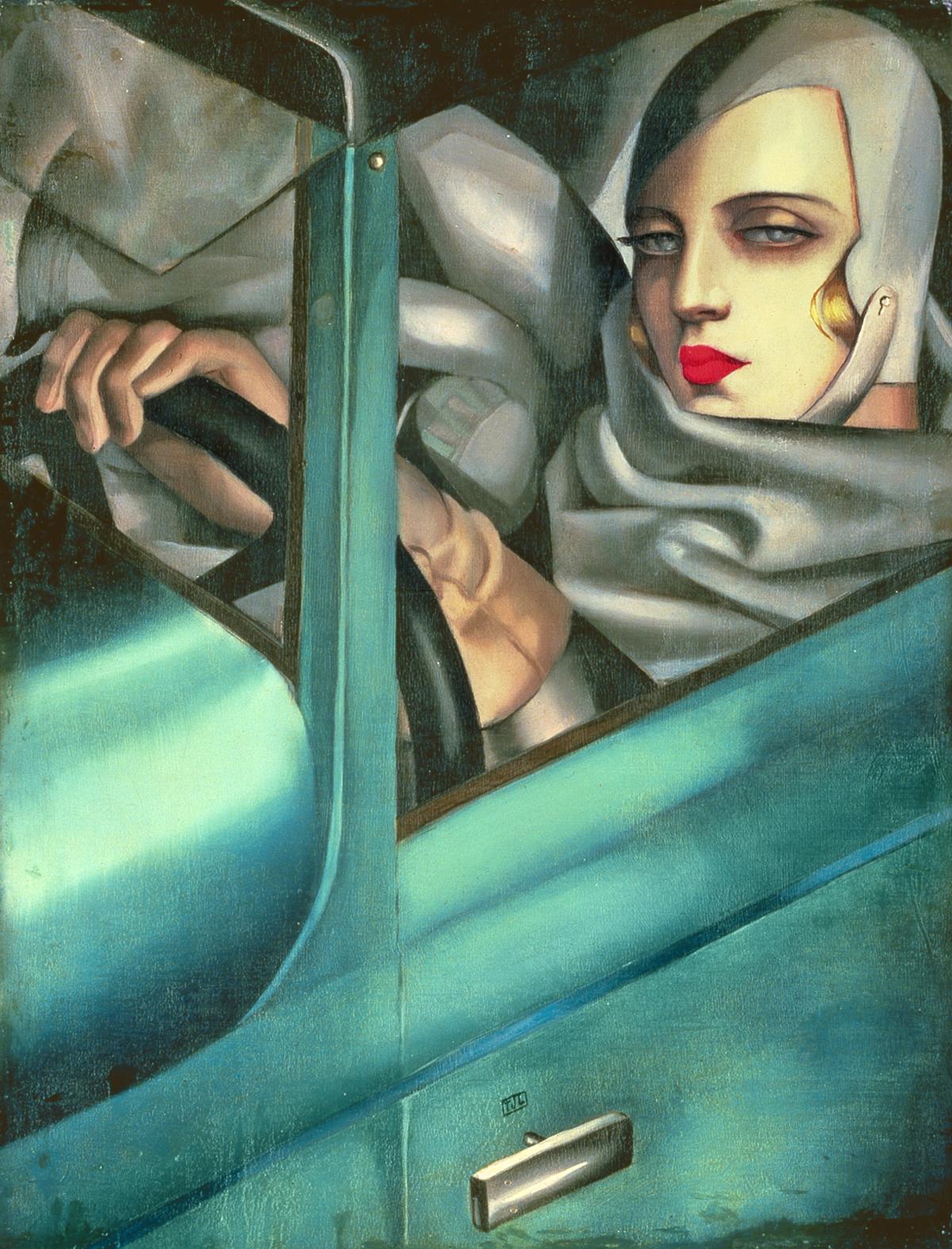An Opiniated Guide to Women Painters, Lucy Davies, Hoxton Mini Press, 124pp, £15 (hb)
This guide to key women painters of the past few centuries is part of a growing number of publications and podcasts focused on reassessing the role and legacy of female artists. Lucy Davies’s “opinionated guide takes you on a whirlwind tour of 66 iconic artworks by women painters who summoned the courage to be disruptive when mere acceptance and recognition were hard enough to come by,” says a publisher’s statement. The book includes pithy summaries of various artists’ practices, ranging from the 19th-century Scottish artist Mabel Pryde and the early 20th-century pioneers Tamara de Lempicka and Sonia Delaunay, to the contemporary artist Amy Sherald who painted the former First Lady, Michelle Obama. Sherald turns her sitters from “ordinary humans to mythical beings, beyond the dominant narrative of history,” writes Davies.

Brittney Leeanne Williams's Naomi and Ruth: Mitosis, (2020) features in Temporary Monuments: Art, Land and America’s Racial Enterprise by Rebecca Zorach © Brittney Leeanne Williams, image courtesy of the artist
Temporary Monuments: Art, Land and America’s Racial Enterprise, Rebecca Zorach, University of Chicago Press, 296pp, $30 (pb)
Rebecca Zorach, a professor of art and art history at Northwestern University in Illinois dissects a hot topic, carefully examining “the place of art in the occupation of land and the upholding of White power in the US, arguing that it has been central to the design of America’s racial enterprise”, according to a publisher’s statement. Zorach discusses why monuments matter in a historical context, exploring how statues and sculptures have become political flashpoints against the backdrop of key moments such as the founding of early US museums. The author also aims to show how contemporary artists—including Dawoud Bey, Theaster Gates, Kerry James Marshall and Cauleen Smith—focus on social justice and disrupt White supremacism.

Piero di Cosimo's Allegory (around 1500)
Piero di Cosimo: Eccentricity and Delight, Sarah Blake McHam, Reaktion Books, 240pp, $25 (pb)
The Florentine painter Piero di Cosimo (1462-1522) was an eccentric character, choosing to live in squalor and eat nothing but boiled eggs (according to Vasari’s biography,he cooked 50 eggs at a time in water used to prepare his painting glue; Vasari highlighted also “the strangeness of his brain, and his constant seeking after difficulties”). Sarah Blake McHam reassesses the Renaissance master, showing how he was favoured by numerous patrons and excelled in creating altarpieces and private devotional paintings. “McHam discusses Piero’s paintings by type—mythologies, altarpieces, portraits—and clarifies the demands that each placed on the artist, bringing the reader close to Piero’s creative process,” writes John Paoletti, the emeritus professor of art history at Wesleyan University.

Pain protesting against the Arthur M. Sackler Museum at Harvard Art Museums in July 2018
Protest Art (Art Essentials), Jessica Lack, Thames & Hudson, 176pp, £14.99 (pb)
The latest addition to the Art Essentials series analyses “what happens when artists join forces with radical political movements to foster change”, according to a publisher’s statement, exploring aspects such as humour and satire, performance and propaganda. The journalist Jessica Lack focuses on key moments when art and politics intersect, presenting the suffragette Sylvia Pankhurst’s paintings of female manual workers in early 1900s Britain along with examples of the German artist Gustav Metzger’s 20th-century Auto-Destructive Art and Nandalal Bose’s famous print of Gandhi (1930), as well as instances of protest in museums, such as those conducted by Pain (Prescription Addiction Intervention Now). The publication also looks at “art's relationships to institutions, the media, conflict and the state”, adds the statement.


